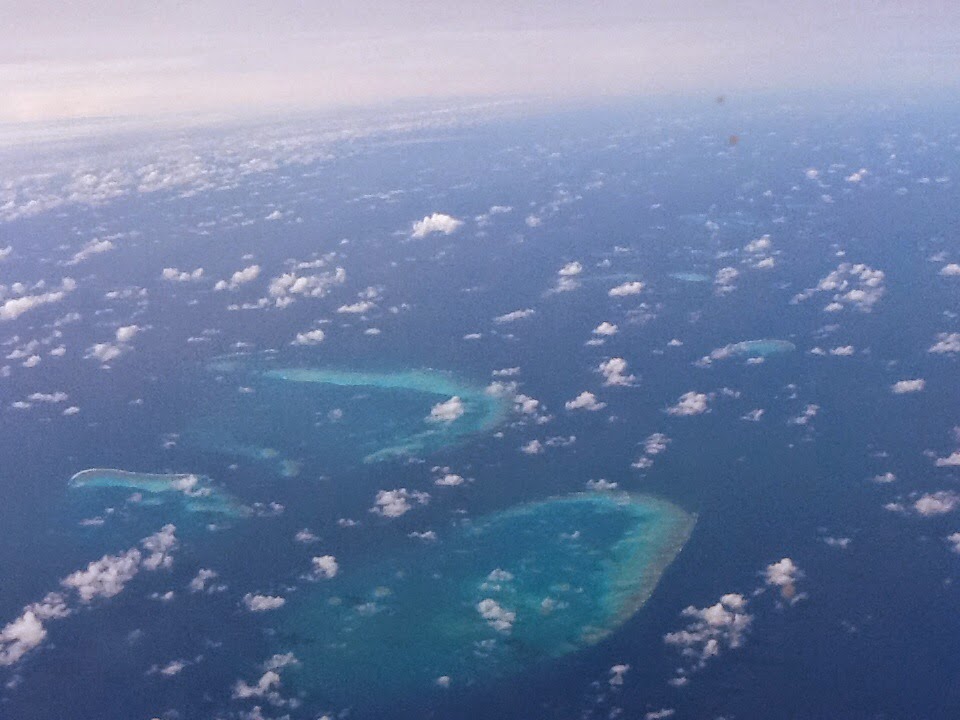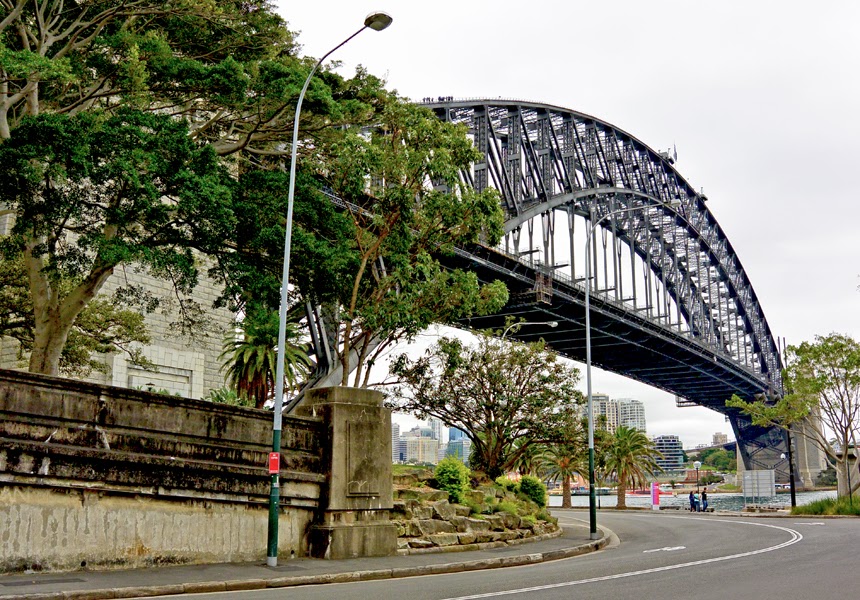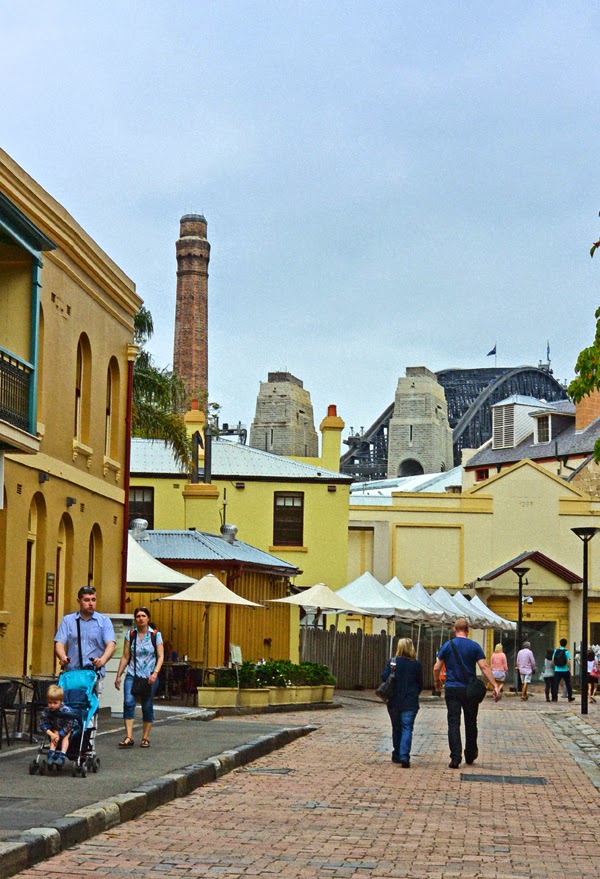“We never know which lives we influence, or when, or why.” ― Stephen King
I came to photography, as a vocation, later in life.
 |
| Early image: Child in Shadows |
Looking back over the myriad of photographs I took as child and young adult, however, you can see very early signs that I might have a talent for it. Framing, subject matter, etc. Rough, but there. But it had not yet manifested itself into a passion, nor had I done much beyond aiming a camera at whatever caught my eye.
I always thought -- and this was echoed by others in my sphere -- that I would write. Short stories. Articles. Maybe a novel some day. In college I studied journalism, then moved into Broadcast Management. (My steady joke regarding my education and unrelated career these days is "I can program a television network, but very few job openings in that regard".)
But it seemed, as I was growing up, that the blank page and not the blank film was the direction in which I was headed. I had made a few shots here and there with point and shoot cameras, thinking they were pretty cool, but for the most part I identified myself with the written word.
Believing myself on the cusp of a great novel or taking the literary world by storm, I enrolled in a course at Long Beach City College, where in my first semester met and fell in with a handful of people who were destined to become lifelong friends. (The chance that a single class would yield seven good friends is pretty profound. We would, later, go on to create the Long Beach Writers' Bloc -- which now is only remotely connected with Long Beach and/or writing; but that's a story for another time.) I wanted the life I saw in films like Romancing the Stone -- a life of writing books, meeting with publishers in chic restaurant in New York City. Drinking martinis and racing off around the world on adventures for my novels.
 |
| Early image: "Father's Day" |
I studied writers, I studied writing. I read. A lot. My father was a publisher. His father before him was a bookseller. It seemed natural for me to continue in that tradition.
And then one day I picked up my wife's old Pentax camera and began playing around. Just a small thing. But it was that proverbial first step on a journey. I don't remember the reason for having it with me, but one evening on my drive home from work I had the camera in the seat next to me when I noticed the sun setting along the Pacific Coast Highway in Huntington Beach. At the time my morning and evening commute was an hour or so each direction along the PCH between Long Beach and Newport Beach, twenty some-odd miles south. Not a bad part of the world if you're forced to be caught in traffic.
Something caught my eye about the scene, so I pulled over and parked, got out and walked across to the bike trail that runs along the bluff overlooking the beach, camera in hand.
 |
| Early image: "Monument" |
I had, at that point, always been a visual person. My wife and others would laugh when I stopped to admire a sunset, or clouds, or the view of something which caught my eye but somehow wasn't really in anyone else's attention span. My life's memories are far more connected to visuals and experiences than to anything else. In this regard, again, it seems that the camera was the natural art form. But I was going to write.
And I think I wrote pretty well. (To be fair, I would not be subjecting you to a written part of the blog if I didn't feel I could express myself in a competent fashion. Your mileage a a reader, of course, may vary.) But something about that evening caught my attention, drawing me to look at the world differently, and instilling in me a desire to record it, to make an image to keep that scene fresh in my mind. To photograph it.
The pictures from that evening came out pretty well, I thought. They show a natural understanding of light and shadow -- I am drawn to highly contrasting images such as a silhouette -- and an appreciation for telling a story through the image. Raw, in these early images, but there nonetheless.
 |
| Film image: "Bowl in Shadows" |
And so, for a few years, I piddled around in private, read a few books and tried to emulate some of the photographs from artists I respected. In particular I found myself drawn to the landscape works of Ansel Adams, and the humanistic works of Henri Cartier-Bresson. Both men represent the epitome of works in those fields of photography, and as an nascent photographer I was able to use their "eye" to begin to discover my own. By studying their images, and comparing them to my own, I was able to see the flaws in my work and use that perception to make myself better. By chasing the best, you become better yourself.
And so I progressed, on my own, occasionally subjecting my wife, my family and my writer (and other) friends to my pictures. My wife was particularly supportive, and after a few years of working with the old Pentax and a couple of fairly cheap point and shoots, she presented me with my first SLR for a birthday in the mid-1990s, a Nikon N6006. It was an excellent choice and it became my workhorse camera for many years, traveling with us across the country and to Europe on a number of occasions.
 |
| Early image: "Houses of Parliament" |
Then came the digital revolution. Not only in camera and filmwork, but printing, editing, and manipulating images. Then came the internet itself, which has had an extreme impact on so many different aspects of entertainment and art. Despite a lot of trepidation and -- honestly -- a lot of puritanical snobbery about film versus low-res digital, I picked up a relatively inexpensive Minolta S414 for a trip to Florida. Until that point the Nikon was my baby, but the images from the Minolta weren't bad, and I had to admit I liked the ability to see the image quickly and decide to reshoot, or move on.
A few years later -- working with both the digital and film cameras simultaneously -- I had the unfortunate experience of smashing my N6006 all over Route 66 in the Mojave Desert. Foolishly I put the camera down on the trunk of my car as I was shooting with the Minolta. I got into the car without thinking and drove off. As I stopped a few miles further -- to photograph the landmark Amboy Crater cinder cone, I realized what I'd done. Returning to the original spot I found, stretched across maybe twenty feet of highway, the remains of the Nikon. It was, and remains, one of the most heartbreaking moments of my photographic career. (So much so I bagged up the debris, and refused to let my wife throw it away for at least five or six years. The bag remained on the shelf above my desk, where I could remind myself of the need for care and respect of my photographic equipment.) My wife, bless her, responded to my very upset phone call by finding another Nikon N6006 on eBay and ordering it before I could even get home from the desert. I still have that camera, and likely always will.
 |
| Digital image: "Two Sisters" |
But what that moment showed me was that photography had become a part of me, had become more than a hobby and allowed me a new art form I truly enjoyed creating. It was, if there was such a thing, the moment that I moved from wanting to be a writer who made photographs, to being a photographer who writes. The image, for me, is the thing.
In my years of work I have been fortunate to have met, studied from or been in touch with artists who I believe represent the very best of modern photographic creativity.
My first "mentor" and instructor was Sierra Club photographer Craig Fucile. His works documenting the Mojave Desert and Death Valley are spectacular, and he worked with me directly and in a classroom environment to guide me and help polish my work. In fact, it was his inspiration and influence which led me to photograph Joshua Tree National Park a couple of years ago. (Sadly I've lost touch with him -- perhaps he'll see this and reach back.)
Others whose work I admire and have managed to connect with include Jean-Philippe Piter, an extraordinary fashion and lifestyle photographer with a keen eye for beauty and composition. I ran across his work in PURE St. Barth, a beautiful publication he edits and contributes to, which is readily available throughout that wonderful little Caribbean paradise. Some day I look forward to meeting him in person, but for the moment I am content to appreciate his work and every once in a while exchange notes.
Ralph Velasco is one of the very best travel photographers working right now, with an emphasis on not only the image, but the cultural background of his destinations. The "who" behind the "where". I was fortunate to take a course from him one Saturday afternoon, which helped codify things I likely knew, but had never stopped to understand. To internalize. In a way, he gave me a perspective on travel imagery in particular, which has contributed to my current approach and perspective.
Likewise Jay Dickman, a National Geographic photographer who just might be who I want to be when I grow up. I met Jay at a National Geographic seminar of photography in West LA a couple of years back and have followed his career since.
 |
| Digital image: "End of Day" |
In a different way, Jason Little's work and portraiture drives into a more visceral realm. He tells a story with each image, and is possibly the photographic equivalent of writer Harlan Ellison. In his own way, Jason "opens a vein" every time he creates an image. He pisses me off being as good as he is at the age I was just picking up my wife's Pentax. We don't really know each other -- friends on Facebook -- but his work is inspiring.
And there are others, both peers and betters, who have worked with me and given me their support. The late George Metivier. David Rodriguez. Christine Valada.
In their own ways, each of them have had an affect upon my own work. Again, you learn from the best -- which I define as the works which make the most impact upon my sensibilities. As noted, to make we want to be better every time I grab my Nikon.
It's a far cry from picking up a pen and telling a story, but if I am successful the stories are still there and I am energized by the opportunity to make more of them in the future.
If you're at all interested in seeing some of these artists' works, here are the links. Highly recommended.
Jean-Philippe Piter: http://jeanphilippepiter.com/
Ralph Velasco: http://ralphvelasco.com/
Jay Dickman: http://www.jaydickman.net/
Jason Little: http://jasonlittlephotography.net/
PURE Magazine - http://www.purestbarth.com/
























